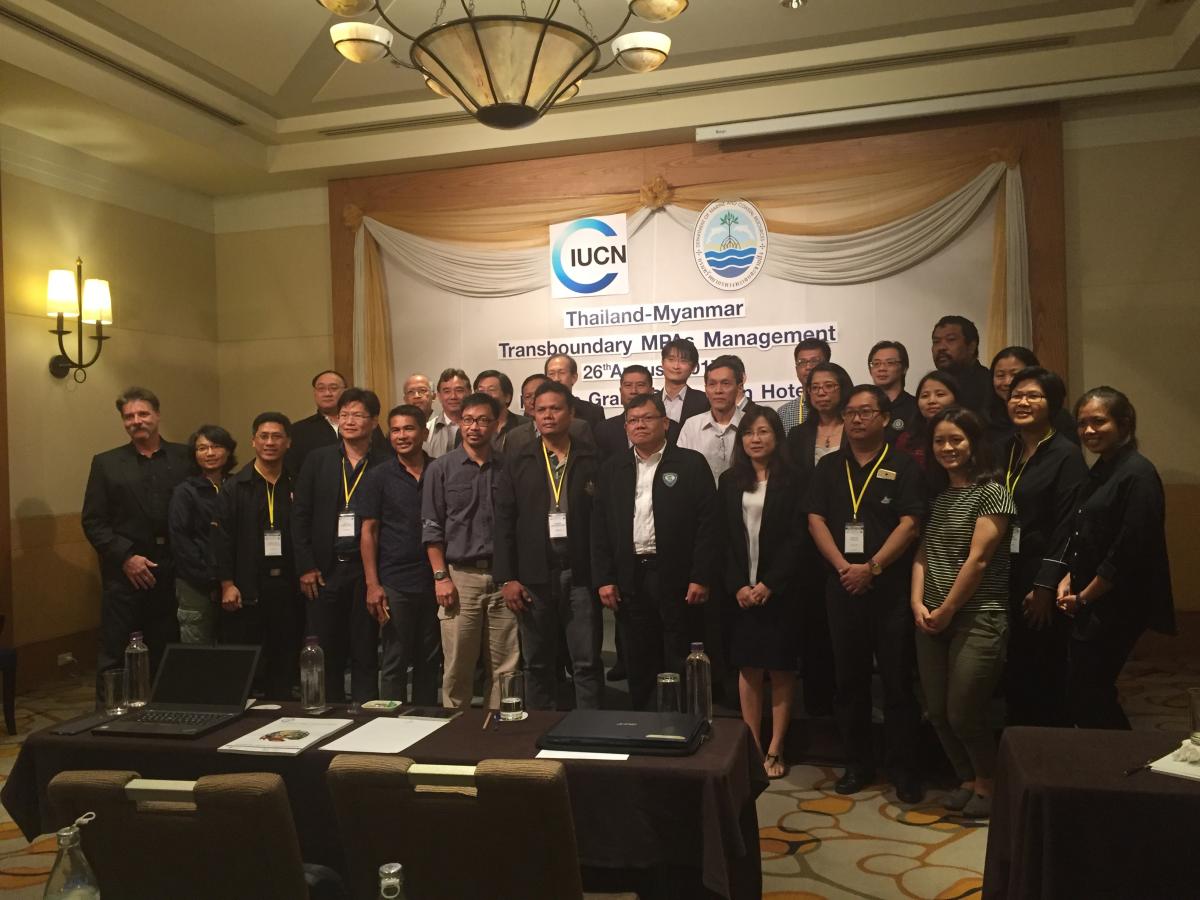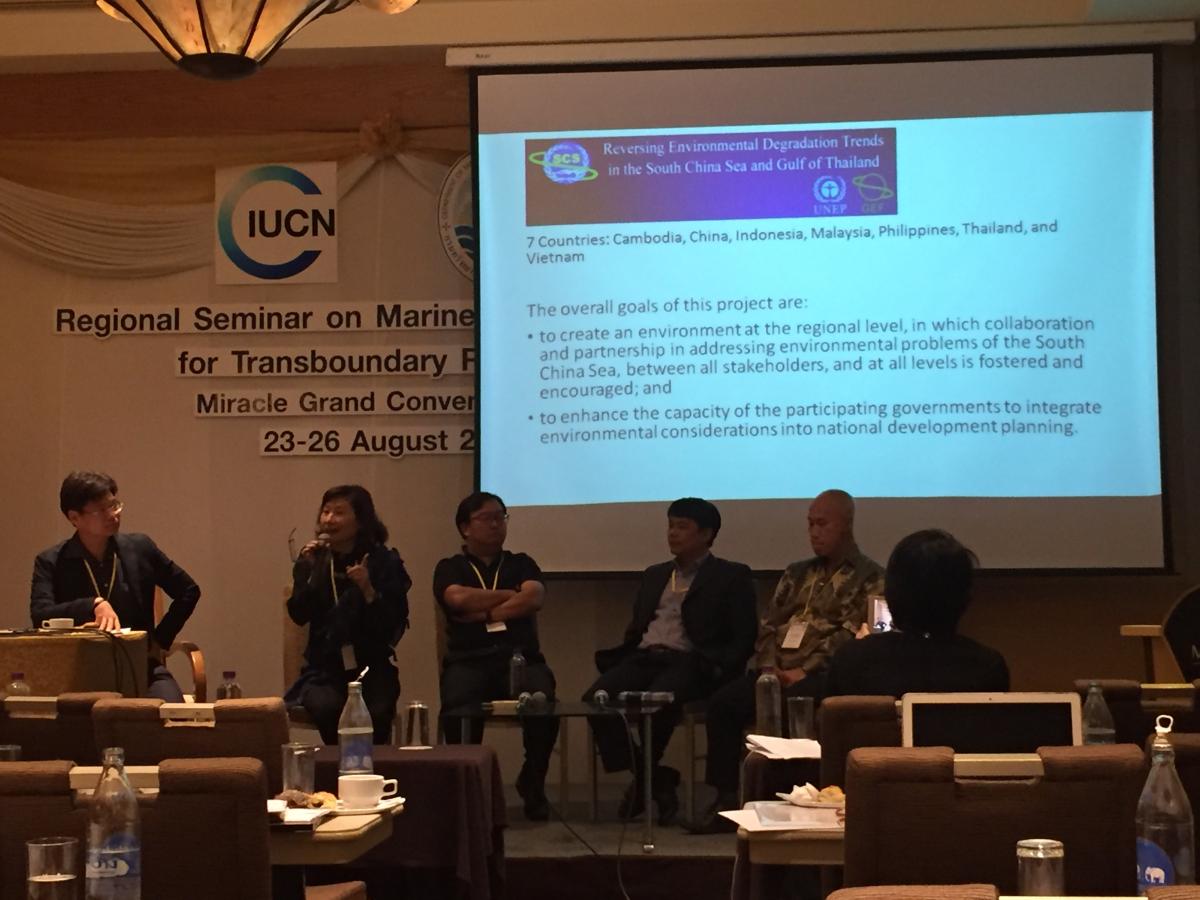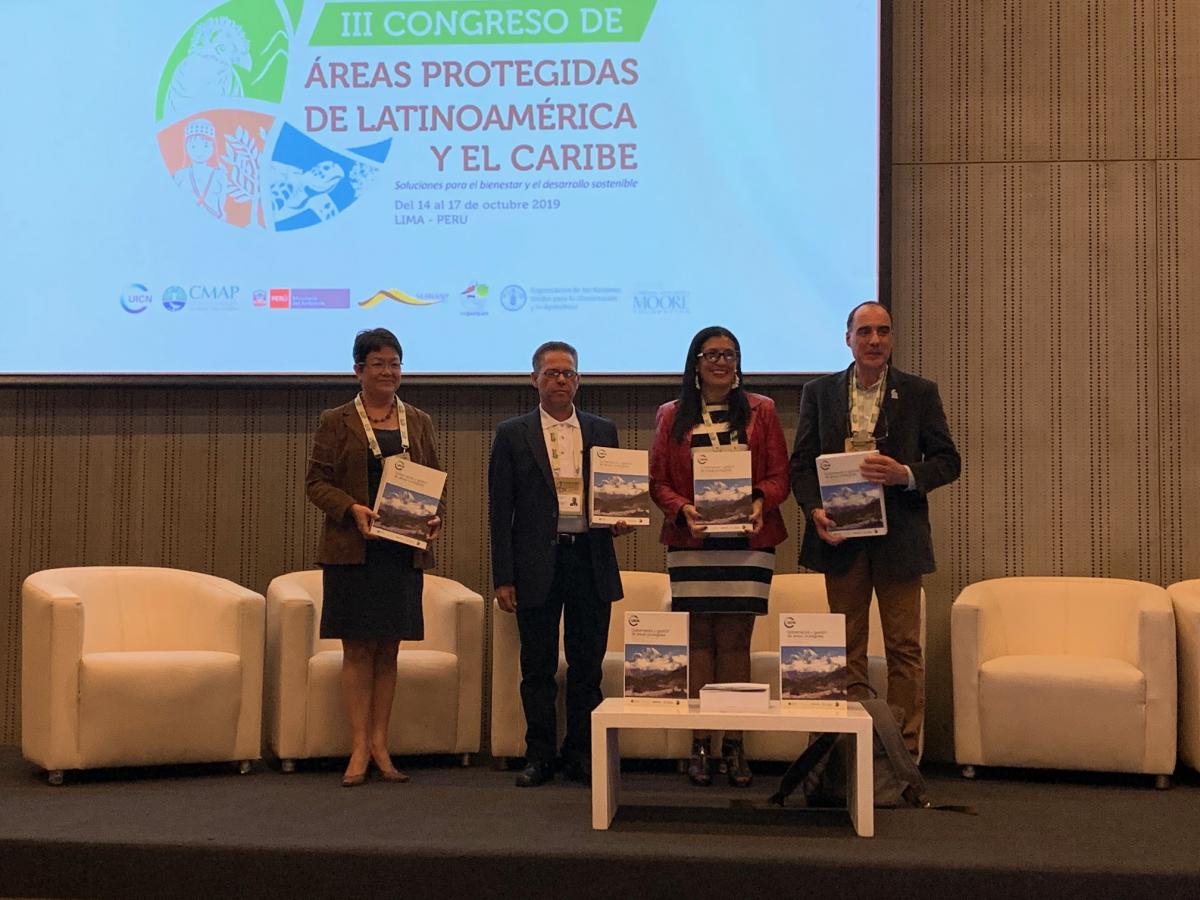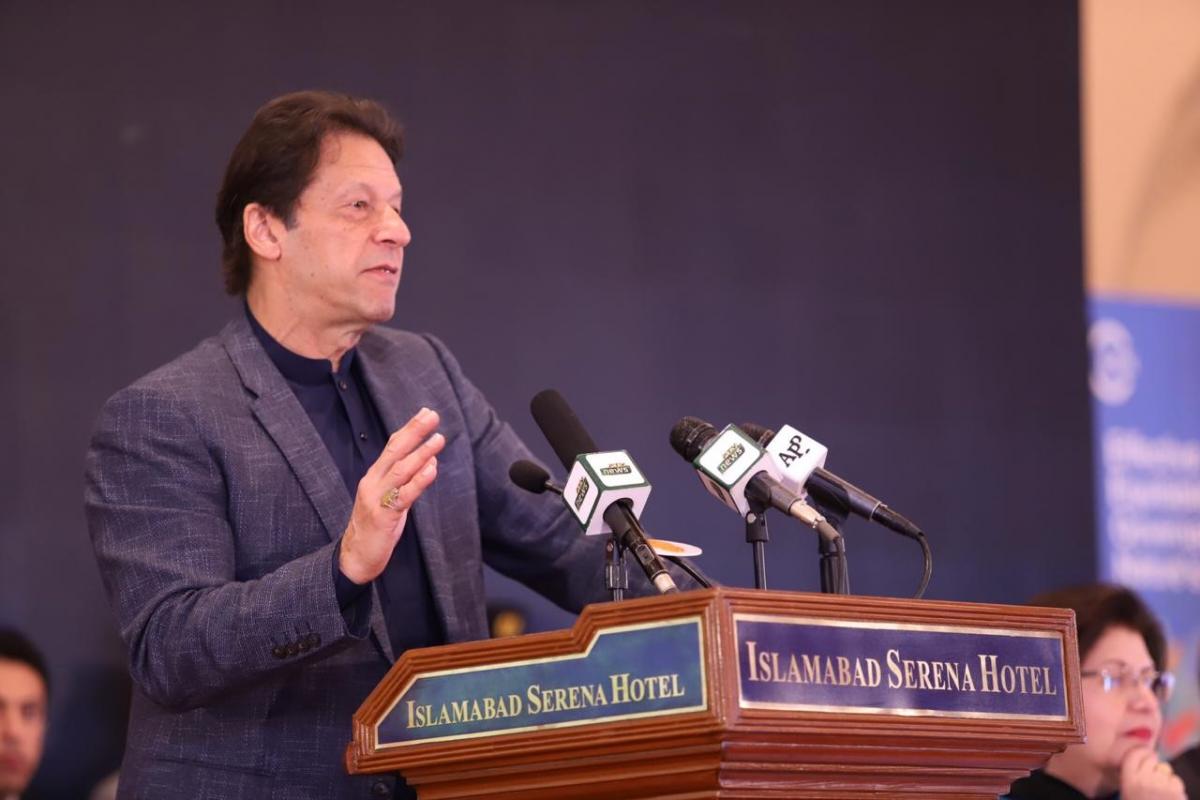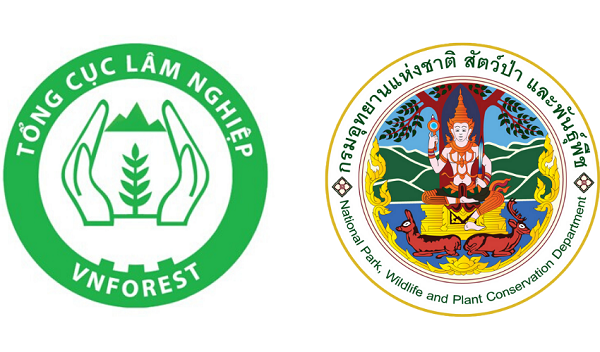Transboundary Marine Protected Area Seminar in Thailand: Guiding the establishment of multi-national marine conservation areas
From 24 to 25 August 2017, IUCN, in collaboration with the Thai Department of Marine and Coastal Resources (DMCR) hosted the “Regional Seminar on Marine Protected Area for Transboundary Resources.” Attended by representatives from Thailand, Cambodia, Myanmar, Indonesia, and China, the seminar sought to create a roadmap to guide the future establishment of multi-national marine conservation areas.
On behalf of IUCN Thailand, we would like to extend our condolences to the family and colleagues of Mr. Johannes Subjianto, Senior Advisor, Coral Triangle Center, who passed away suddenly during his visit to Bangkok. We are grateful for his participation in the seminar and his contribution to our understanding of transboundary marine protected areas.
Throughout the event, representatives from government organisations, international NGOs, and universities shared their experiences on developing collaborative MPAs between nations, and talked about their hopes for future Marine Protected Area (MPA) development. They also discussed the steps required to create a transboundary MPA in Thailand and its neighbours.
“More than 70% of our planet is covered by water. It is, in fact, a blue planet with no boundaries,” said Professor Padermsak Jarayabhand, Thailand Environmental Institute and Chulalongkorn University in his presentation.
“There is an urgent need for the further development of Marine Protected Areas, in accordance with the Aichi Target to preserve 10% of the coastal and marine areas in each country by 2020,” said Petch Manopawitr, IUCN Thailand Programme Coordinator, in his presentation on the trends of MPAs and transboundary conservation,“Not only is there a need for more MPAs, there is also a need for better MPA management effectiveness,” Petch added.
In order to protect migratory species such as whales, dolphins, and sea turtles, neighbouring countries must unite to conserve marine resources, basing the management of the parks on sound biological, ecological, and socio-economic data. It is also necessary to invest in long-term funding and enforcement.
The remaining presentations on the first day focused on a range of topics including marine ecological connectivity, marine endangered species, governance tools and marine spatial planning, and a case study from the Coral Triangle Initiative. The afternoon concluded with a panel discussion on the challenges and best practices for the development of transboundary MPAs.
During the morning session on the second day of the seminar, representatives from Thailand, Indonesia, Cambodia, and Myanmar presented on the status of marine resources and protected areas in their respective countries. This information was put to use in the afternoon breakout sessions, which aimed to address a variety of topics including: research to support MPAs and conservation, governance and institutional support of transboundary conservation, capacity building, and regional coordination and support.
Participants determined that the next steps to take are to identify relevant country representatives who can expand the network of MPA practitioners and managers, with the aim of enabling resource sharing among countries, and to further enhance the understanding of marine ecosystems in Southeast Asia. Initiating a provincial transboundary committee would be also be useful for moving forward a shared goal of increasing the protected waters in the area.
“IUCN is pleased to serve as a focal point for regional coordination on transboundary MPA initiative. This is very much in line with our priorities to ensure that marine conservation and nature-based solution are integrated into the region’s development agenda,” Petch added
On the 26th of August, immediately following the Regional Seminar on Marine Protected Area for Transboundary Resources, IUCN and DMCR held a country-specific seminar for participants from Myanmar and Thailand to discuss the development of a transboundary MPA in the Andaman Sea. Topics discussed included the scope of research done in Thai waters compared to Myanmar waters and future collaboration in completing a comprehensive survey of the Myeik Archipelago in Myanmar.
Understanding the larval connectivity as well as migration patterns of larger marine animals was determined to be an important factor in MPA development. To do this effectively, both the governments of Thailand and Myanmar must know the status of marine resources and the pressures these resources are under. It is only through constant communication and mutual support that an effective bi-national marine protected area can be established.
